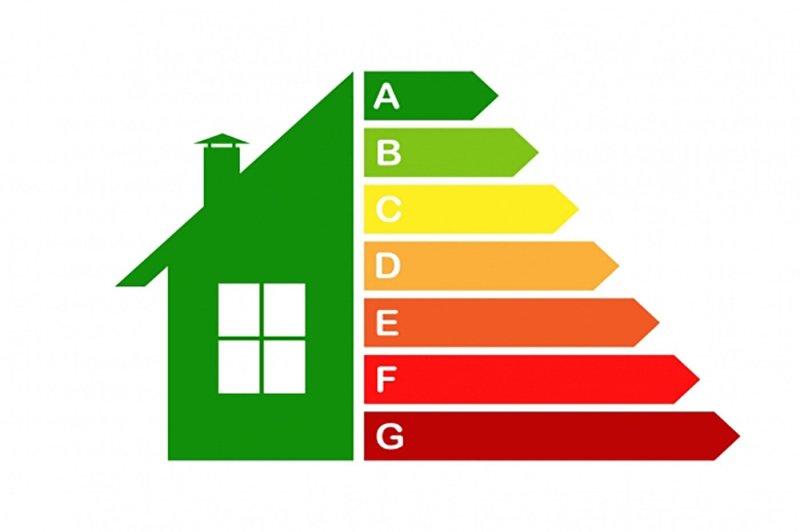
© Grommik/Shutterstock.com
Created in 2005, the Energy Saving Certificates (CEE) system aims to reduce energy consumption in France. However, a recent report from the Court of Auditors highlights many flaws in this system. It should be noted that this system requires energy suppliers to finance energy-saving actions, under penalty of sanctions. The latter can, for example, finance energy-saving work for its customers.
A burden for households
The report highlights several major problems: lack of evaluation, insufficient controls, high risk of fraud, overestimation of energy savings, and objectives not coordinated with the rest of public environmental policy. The cost for households is significant since it amounts to 164€ per year and per household in 2023, for a total cost of 4 billion euros, reports the IFRAP foundation.
The complexity of the system is also criticized since more than 80 orders and decrees have been published since 2018, to which are added 204 orders related to the programs. This legal instability makes the system difficult to understand and apply. Fraud and non-compliance are frequent, with non-compliance rates ranging from 8.7% to 39.4% for actions carried out with individuals.
The financial weight of the CEE is considerable and would represent no less than 6 billion euros in 2022 and 4 billion in 2023. Although it does not directly weigh on the State budget (fortunately), this mechanism de facto finances actions decided by the State and managed by its stakeholders. In this regard, the State's management of the mechanism is considered deficient by the Court of Auditors: the evaluations remain insufficient and are often limited to a quantitative measurement of the achievement of the initial objectives without evaluating the real impact on energy consumption. It is only since 2023 that an approach has been taken to collect consumption data from Linky and Gazpar meters to measure the effects of the operations supported.
200% Deposit Bonus up to €3,000 180% First Deposit Bonus up to $20,000The cost of the device for consumers is constantly increasing due to the increasing scale of energy consumption reduction targets and the fact that the most accessible savings have already been achieved. Transparency on the reality of the costs of CEE in energy prices is progressing slowly, as consumers are not always informed of this cost in their bills.
Worrying prospects for the future
Future estimates concerning the cost of CEE are alarming: according to a study carried out by the firm Colombus Consulting, the annual cost of CEE for a French household could reach new heights from 2026. Projections indicate that this cost could range between 450 and 912 euros per year, all energies combined. This significant increase would represent a considerable financial burden for French households, which would multiply by 2.7 to 5.5 times the current cost estimated at 164 euros per year in 2023.
Et pour en savoir plus sur les CEE, notre étude est disponible sur notre site web :https://t.co/SI5wdP3XeT
— Colombus Consulting (@colombus) September 25, 2024
Faced with these numerous criticisms and the worrying prospects, the Court of Auditors clearly raises the question of the elimination of the CEE system and calls for a complete review of its design and implementation.
📍 To not miss any news from Presse-citron, follow us on Google News and WhatsApp.

